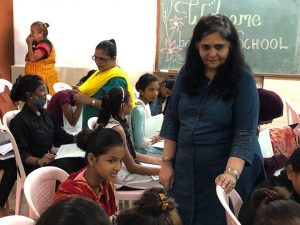On December 6, 1992, hundreds of Hindu hardliners climbed atop the centuries-old Babri mosque (masjid) at Ayodhya, only to take it down moments later. What followed was a series of violence and communal riots in a country that boasted of its communal harmony.
Here is the series of events from the mosque’s construction in the 16th century to its demolition in the last century:
1528: Babri mosque built by Mir Baqi, commander of Mughal emperor Babur.
1885: Mahant Raghubir filed a plea in Faizabad district court seeking permission to build a canopy outside the disputed structure. Court later rejected his plea.
1949: Idols of ‘Ram Lalla’ (Lord Rama as a child) placed under central dome outside the disputed structure.
1950: Gopal Simla Visharad files a lawsuit in Faizabad district court seeking the right to worship the idols. The same year, Paramahansa Ramachandra Das filed a suit for the continuation of worship and keeping the idols.
1959: Nirmohi Akhara filed a lawsuit seeking possession of the site.
1961: UP Sunni Waqf board filed a lawsuit seeking possession of the site.
February 1986: Local court ordered the government to open the site to Hindu worshippers.
August 1986: Allahabad High Court ordered status quo in respect of the disputed structure.
November 1989: Vishwa Hindu Parishad (VHP) organised a Shilanyas ceremony in Ayodhya and placed the first stone of the planned Ram temple.
September 1990: BJP leader LK Advani started a yatra from Gujarat’s Somnath to Ayodhya demanding the construction of the Ram Temple. He was arrested in Bihar during the yatra.
June 1991: BJP leader Kalyan Singh became Chief Minister of Uttar Pradesh.
December 6, 1992: Hundreds of ‘kar sevaks’ climb atop the mosque and demolish it. Top BJP leaders LK Advani, Atal Bihari Vajpayee and Uma Bharti were present when the mosque was razed.
What followed were communal riots in which over 2,000 people were killed.



